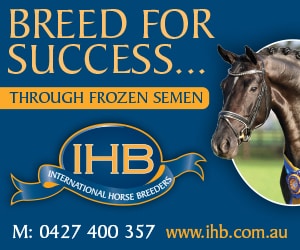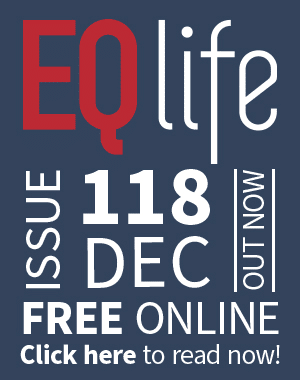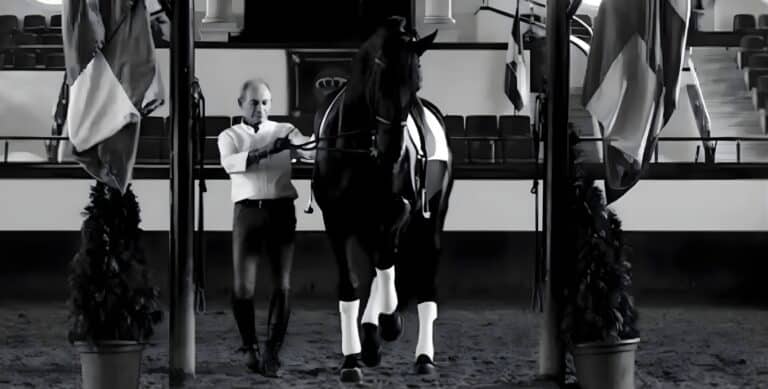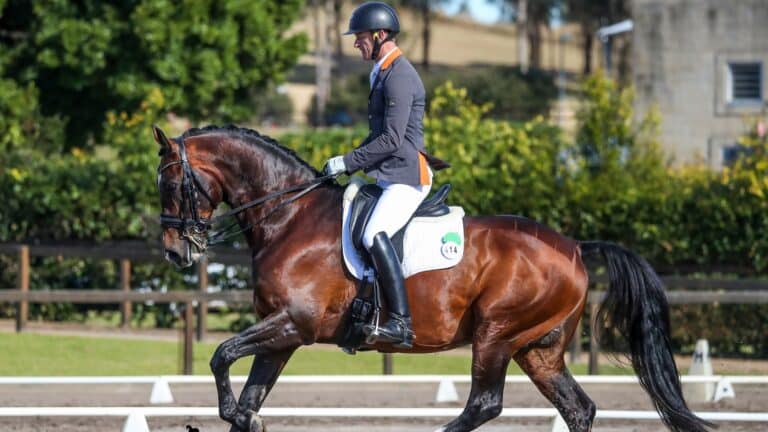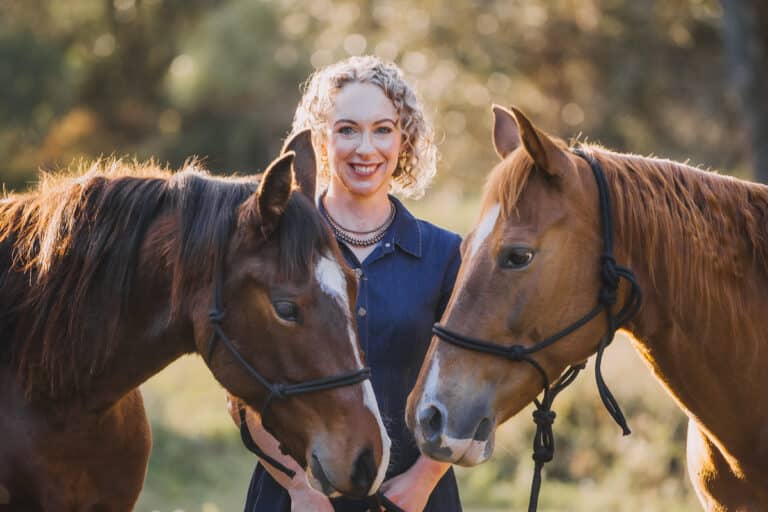This article has appeared previously with Equestrian Life. To see what’s in our latest issue, click here.
© Kerry Mack
By Dr Kerry Mack
So last week I talked about holding the reins. The hands offer a unique possibility for connection or contact with your horse, not just physically, but in the relationship with your horse. Riding sensitively is like a continuous dialogue between you and your horse. It might go a bit like this: you ask with the reins “please stop”. Your horse replies “well maybe not right now” and pushes on the rein and keeps going. You say “ well I know I asked but actually it was an order” by being a bit firmer on the rein and not allowing his head to go forward. He might say “oh well if you insist” and stop. You reply “thankyou” by releasing pressure, giving the rein.
So you use your hands in several ways. You restrain, you take and you give. You can also follow, but that is for later. Generally reins say “stop, or slow” or ‘turn’ or they may define the edges of the frame you want. To understand this, imagine your horse in the shape you want and then imagine a picture frame fitting snugly around him. When he comes out of the frame, head too high, nose too poked etc, he meets resistance (pressure) from the rein. When he is in the frame the hands are soft and yielding, allowing his jaw to relax.

Kerry demonstrates stopping with the neck staying away from you.
© Kerry Mack
The action of the reins should have the same characteristics that we look for in relationships. The hands should be sensitive. They should act reciprocally and contingently (to the horse). Podjahsky makes the point that the action of the rein should move through the body of the horse. The horse must not absorb the pressure from the rein in his neck for instance. He must keep the neck the same length and respond to the rein with his body and legs, eg. by stopping. To achieve this in training you need to pay attention. Ask him to stop. You have to give a little if he doesn’t stop, and ask again. If you pull continuously he is more likely to shorten the neck. So give and take until he stops, then reward (Pressure off, pat).
Try to let the neck right out and stop with a long neck. He should still do this. This allowing the action of the rein through the whole horse is critical to being able to collect him. Collection is pressing the hind leg more underneath his body. To do this you restrain the front with your hand, and press with your leg. If when you restrain him he absorbs the action of the rein in his neck by shortening it, he won’t change the hind leg and won’t be collected. He will just be short in the neck. Now unfortunately we do see quite a lot of this. However that doesn’t make it right. We should have integrity and do it correctly.
So if you want to be able to progress to collection, even the ultimate, piaffe, you must train your horse so the action of the rein goes through his body and ensure he will stop with a long neck.
Have fun!
READ THE LATEST NEWS ARTICLES HERE




